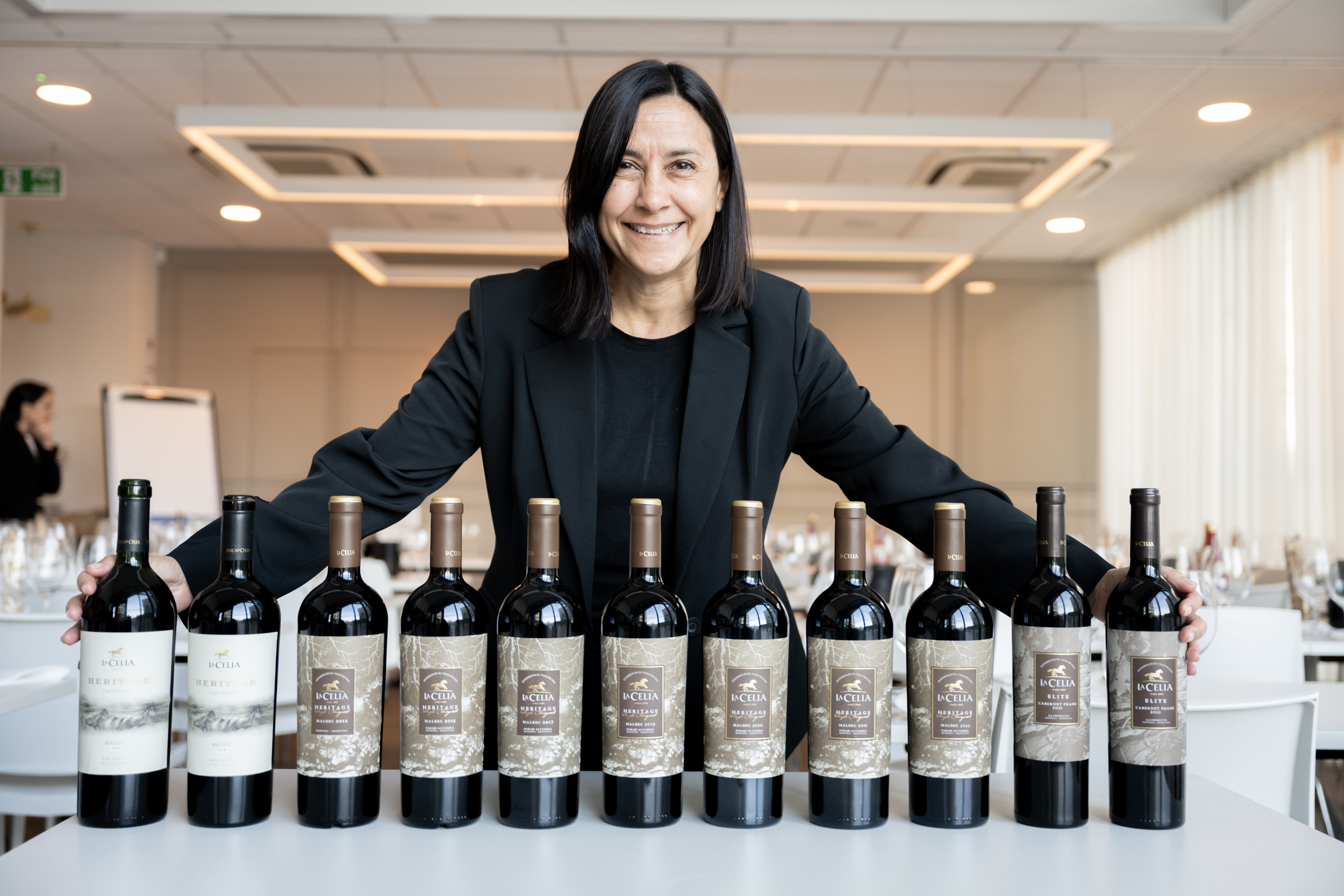Chinese consumers flirt with rosé wines
By Natalie WangWith the wine trade continuing to push rosé wine as a more versatile, all-year-around drink rather than just a summer tipple, interest for pink wines among trade professionals and consumers in mainland China continues to grow, despite a relatively small market share.
Rosé Revolution 2018 in Shanghai welcomed close to 300 trade professionals and consumers on 14 July at Banyan Tree hotel on the Bund.
At the latest Rosé Revolution 2018 powered by The Flying Winemaker in Shanghai, close to 300 guests from the trade and public attended the event to taste 18 different rosés from Australia, Argentina, Chile, China, France, Italy, New Zealand, the UK, South Africa and Spain.
Different from red wines, where French wines dominate the mainland market, rosé drinkers are keen to try out wines made by a good mix of producers from around the globe, Massaaki Katae, senior brand manager at ASC Fine Wines, told dbHK.
The importer organized a VIP tasting lounge at the event and poured wines from Spain, China, France and Italy. While public opinion tends to associate rosé with female consumers, Katae added that in Shanghai, rosé drinkers are popular among consumers in their late 20s and 30s irrespective of gender.
Cheryl Chen from Dr. Wine, one of the leading Chinese wine apps and online platforms, agreed, adding that more middle-class male drinkers have converted to the pink wine category.
“It’s very good with pairing [with dishes that suit] both white and red wines,” Chen explained, adding that a dry rosé matches well with cold dishes commonly seen in Chinese cuisine regardless of regional characters. The app has more than 4.5 million entries, and rosé wine accounts for a small share of 5%, she added.
This year, at the Shanghai event, a dim sum menu paired with rosé wines was offered for the first time and feedbacks from guests were very positive, according to Eddie McDougall, The Flying Winemaker and organiser of the event.
“People are blown away by the pairing, and there are pink dumplings,” said McDougall. The pairing even featured a sparkling rosé wine from British winery Bolney Estate.
Partner Content
Guests at Rosé Revolution in Shanghai
In Asia particularly in places that have warmer winters, rosé wine is increasingly seen as an all-year-around wine not limited to summer, suggested Claire Murray, managing director of The Wine People, a China-based wine distributor that has been operating on the mainland for more than 11 years.
“In Asia, we see it as a year-around wine. It goes with red meat, with more depth and there are more complex rosés coming out as well,” Murray commented. But in terms of consumer age group, she admitted converting older red wine drinkers to rosé is more challenging than younger groups.
“It’s going to be harder to convince a 50 year old drinker immersed with Bordeaux reds than the younger category to drink rosé,” she explained. “They [younger consumers] are buying on taste …they are more confident in buying … there’s no right or wrong and your taste changes. It’s a journey, and we are very excited.”
In Asia, rosé remains very much a niche market, but there are signs of future growth. In China, rosé wine sales are meagre, but they are forecast to increase by over 36% by 2019, according to estimates by Vinexpo.
The Hong Kong edition of Rosé Revolution will take place on 8 September at Kerry Hotel before the Macau edition at MGM Hotel on 15 September.




